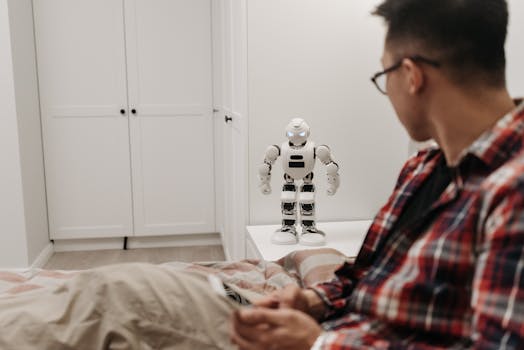
Smart Homes and Smart Living: The Technological Transformation of European Homes by 2025
Smart Homes and Smart Living are revolutionizing the way we live, work, and interact with our living spaces. By 2025, European homes are expected to undergo a significant transformation, driven by advancements in technology, particularly in the Internet of Things (IoT), artificial intelligence (AI), and home automation. In this article, we’ll explore the current state of smart homes in Europe, the trends shaping the industry, and what to expect in the next few years.
Current State of Smart Homes in Europe
The European smart home market has experienced significant growth in recent years, with an estimated 22% of households already equipped with some form of smart home technology. The UK, Germany, and France are among the leading countries in terms of smart home adoption, with a strong focus on energy efficiency, security, and convenience. Smart thermostats, smart lighting systems, and security cameras are among the most popular smart home devices in European households.
Trends Shaping the Smart Home Industry
Several trends are driving the growth of the smart home industry in Europe, including:
- IoT and Connectivity: The increasing availability of high-speed internet and the proliferation of connected devices are driving the adoption of smart home technology.
- Artificial Intelligence (AI): AI-powered smart home devices are becoming increasingly popular, enabling homeowners to control their homes with voice commands, automate routines, and receive personalized recommendations.
- Sustainability and Energy Efficiency: With growing concerns about climate change, smart home devices are being designed to optimize energy consumption, reduce waste, and promote sustainable living.
- Security and Safety: Smart home security systems are becoming more sophisticated, with features like biometric authentication, motion detection, and real-time monitoring.
What to Expect by 2025
By 2025, European homes are expected to become even more connected, automated, and sustainable. Some of the key developments to expect include:
- Widespread Adoption of Voice Assistants: Voice assistants like Alexa, Google Assistant, and Siri will become increasingly prevalent, enabling homeowners to control their homes with voice commands.
- Increased Focus on Wellness and Health: Smart home devices will be designed to promote wellness and health, with features like air quality monitoring, noise reduction, and circadian lighting.
- Greater Emphasis on Energy Efficiency and Sustainability: Smart home devices will be optimized to reduce energy consumption, with features like smart thermostats, energy-harvesting windows, and solar panels.
- More Sophisticated Security Systems: Smart home security systems will become even more advanced, with features like AI-powered threat detection, biometric authentication, and real-time monitoring.
Conclusion
Smart Homes and Smart Living are transforming the way we live, work, and interact with our living spaces. By 2025, European homes will become even more connected, automated, and sustainable, driven by advancements in technology, particularly in IoT, AI, and home automation. As the industry continues to evolve, we can expect to see even more innovative solutions that enhance our daily lives and promote a more sustainable future.




